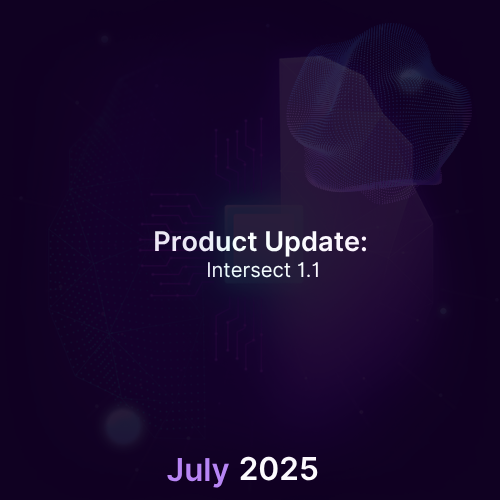Software security has never been more crucial. As applications grow more complex and rely heavily on third-party components, organizations need effective tools to identify and mitigate security risks. Two essential approaches in the AppSec toolkit are Software Composition Analysis (SCA) and Static Application Security Testing (SAST). While both aim to strengthen application security, they serve different purposes and complement each other in a comprehensive security strategy.
Both SAST and SCA are parts of essential security testing types, and here is where each security test fits:
- Software Composition Analysis (SCA) focuses on third-party libraries and open-source components. Think of it as inspecting the materials before construction—making sure the bricks and beams you use are reliable and free of defects.
- Static Application Security Testing (SAST) analyzes the code your team writes, without running it. It scans the source code to uncover vulnerabilities early in development. Much like reviewing the blueprint of a building before laying the first brick, it helps catch flaws before they become structural problems.
- Dynamic Application Security Testing (DAST) evaluates the application during runtime. It mimics real-world attacks to identify vulnerabilities in a running system—similar to sending in testers to shake the walls and check the foundation of a completed building.
Software Composition Analysis (SCA)
SCA focuses on the external components integrated into your application. According to Codenteam, SCA scans help you:
- Discover and manage dependencies: Modern software relies heavily on third-party libraries and frameworks. SCA provides a detailed inventory of your software’s dependencies, bringing transparency to your software supply chain.
- Identify vulnerable components: SCA highlights known vulnerabilities in your dependencies, allowing you to mitigate security risks before they can be exploited.
- Simplify license compliance: Different open-source dependencies come with varying license requirements. SCA ensures you comply with these requirements, helping you avoid legal and operational risks.
SCA is particularly valuable for teams that use numerous open-source libraries and third-party components, as it provides visibility into potential vulnerabilities that might be introduced through the software supply chain.
Static Application Security Testing (SAST)
Unlike SCA, which examines external components, SAST analyzes your own source code for security vulnerabilities. As described by Codenteam, SAST offers these benefits:
- Detect vulnerabilities early in development: SAST analyzes code without executing it, identifying potential security issues during the development phase when fixes are less costly.
- Ensure compliance with security standards: SAST helps your code adhere to industry security standards and regulations, making it easier to pass audits and maintain compliance.
- Build secure and reliable software: By addressing potential risks during development, SAST contributes to building more secure applications, improving user trust and reducing operational risks.
SAST examines the actual code you write, looking for issues like SQL injection vulnerabilities, cross-site scripting opportunities, or insecure coding practices.
Key Differences and Complementary Nature
The fundamental difference between SCA and SAST lies in what they scan:
- SCA examines third-party components – the libraries, frameworks, and packages your application depends on.
- SAST analyzes your own source code – the code written by your development team.
These approaches are complementary rather than competing. A comprehensive application security strategy should include both:
- Use SCA to ensure the components you’re building upon are secure and compliant
- Use SAST to verify that your own code doesn’t introduce vulnerabilities
Implementation Process
Both tools follow a similar implementation process, as outlined by Codenteam:
- Import your codebase – typically by connecting to your GitHub repository
- Access the relevant section on the security platform
- Analyze the results – review vulnerabilities, severity levels, and recommendations for remediation
Conclusion
As software development becomes increasingly complex, with applications built upon layers of dependencies, both SCA and SAST play crucial roles in maintaining security. SCA ensures your foundation is secure by analyzing third-party components, while SAST verifies that your own code doesn’t introduce vulnerabilities.
By implementing both testing methodologies, development teams can build more secure applications from the ground up, addressing security concerns throughout the development lifecycle rather than discovering them after deployment.










